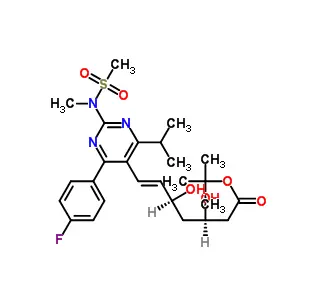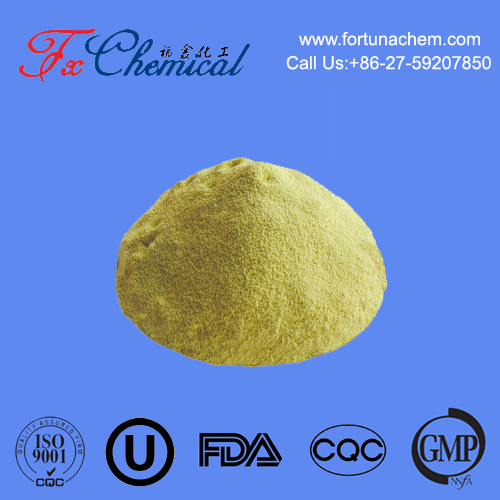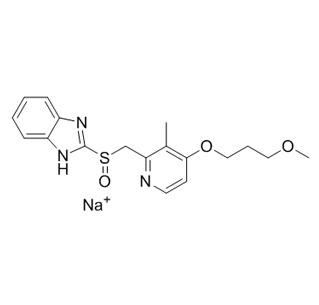
Search

Search

Animal feed additives play a crucial role in modern farming. They can not only enhance the nutritional value of feed but also improve the health and productivity of animals. This article will introduce several common and permitted animal feed additives, and discuss their functions and applications.
Feed-grade Vitamins
Feed-grade vitamins are indispensable components of animal feed, including carotene, vitamin A, vitamin D3, vitamin E, and others. These vitamins play a crucial role in animals' growth and development, immune system function, and overall health. For example, vitamin A helps maintain vision, vitamin D3 aids in calcium absorption, and vitamin E acts as an antioxidant to protect cells. Other vitamins such as vitamin C, folic acid, and biotin are also often used in feed to ensure animals receive comprehensive nutrition.
Feed-grade Minerals and Trace Elements
Feed-grade minerals and trace elements are another important category of additives necessary for animal health. Common minerals include calcium carbonate, dicalcium phosphate, and sodium sulfate, which are essential for bone health, nervous system function, and metabolic processes. Similarly, trace elements like iron, zinc, copper, and selenium are added to feed to prevent deficiencies and improve animal performance. These additives help maintain normal physiological functions and enhance immunity in animals.
Feed-grade Enzyme Preparations
Feed-grade enzyme preparations such as proteases, amylases, and cellulases are used to break down complex nutrients in feed, thereby improving feed digestibility and absorption. For instance, proteases help break down proteins and amylases break down starch, allowing animals to more effectively utilize the nutrients in the feed. These enzyme preparations have a significant impact on improving animal growth rates and feed conversion efficiency.
Feed-grade Microbial Additives
Feed-grade microbial additives include lactic acid bacteria and Bacillus subtilis, which improve digestive function and immunity by regulating the microflora in the animal's intestines. For example, Lactobacillus casei can promote the growth of beneficial bacteria, improve gut health, and reduce the incidence of diseases. These microbial additives help enhance the overall health and productivity of animals.
Antioxidants and Preservatives
Antioxidants such as ethoxyquin and butylated hydroxyanisole are used to prevent oxidation and spoilage of feed during storage, thereby maintaining the feed’s nutritional value and freshness. Meanwhile, preservatives like formic acid and sorbic acid are used to extend the shelf life of feed, prevent the growth of bacteria and molds, and ensure the safety and efficacy of the feed.
Flavorings and Spices
Flavorings such as monosodium glutamate and sodium saccharin are used to improve the taste of the feed, making animals more willing to eat. These additives can increase the acceptance of feed, thereby helping to improve feed utilization and animal performance.
Different types of feed additives play different roles in animal feed. By using these additives scientifically and rationally, the health and production efficiency of animals can be effectively improved. Choosing the right feed additives can optimize feed nutrition, promote animal growth and development, and enhance production performance.

Quick Links
Add:
E-mail:
 English
English  Español
Español  français
français  العربية
العربية 


